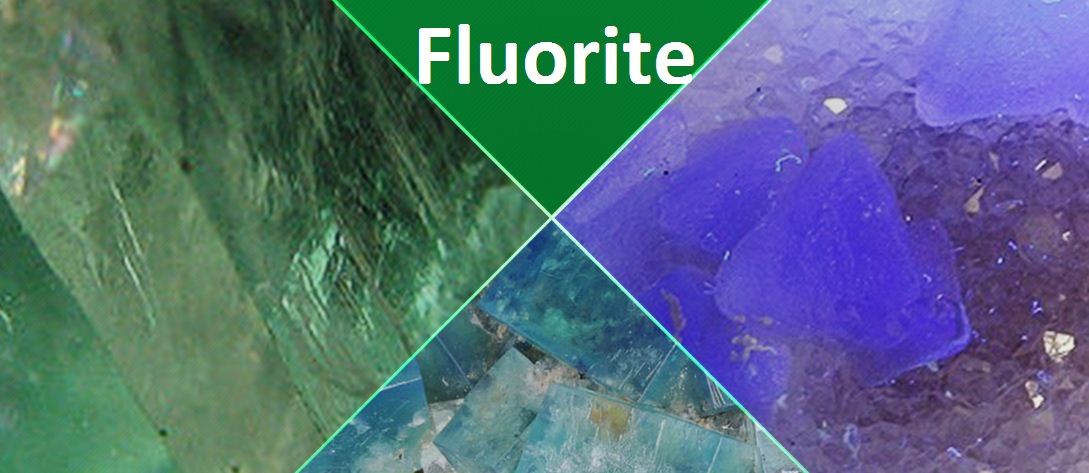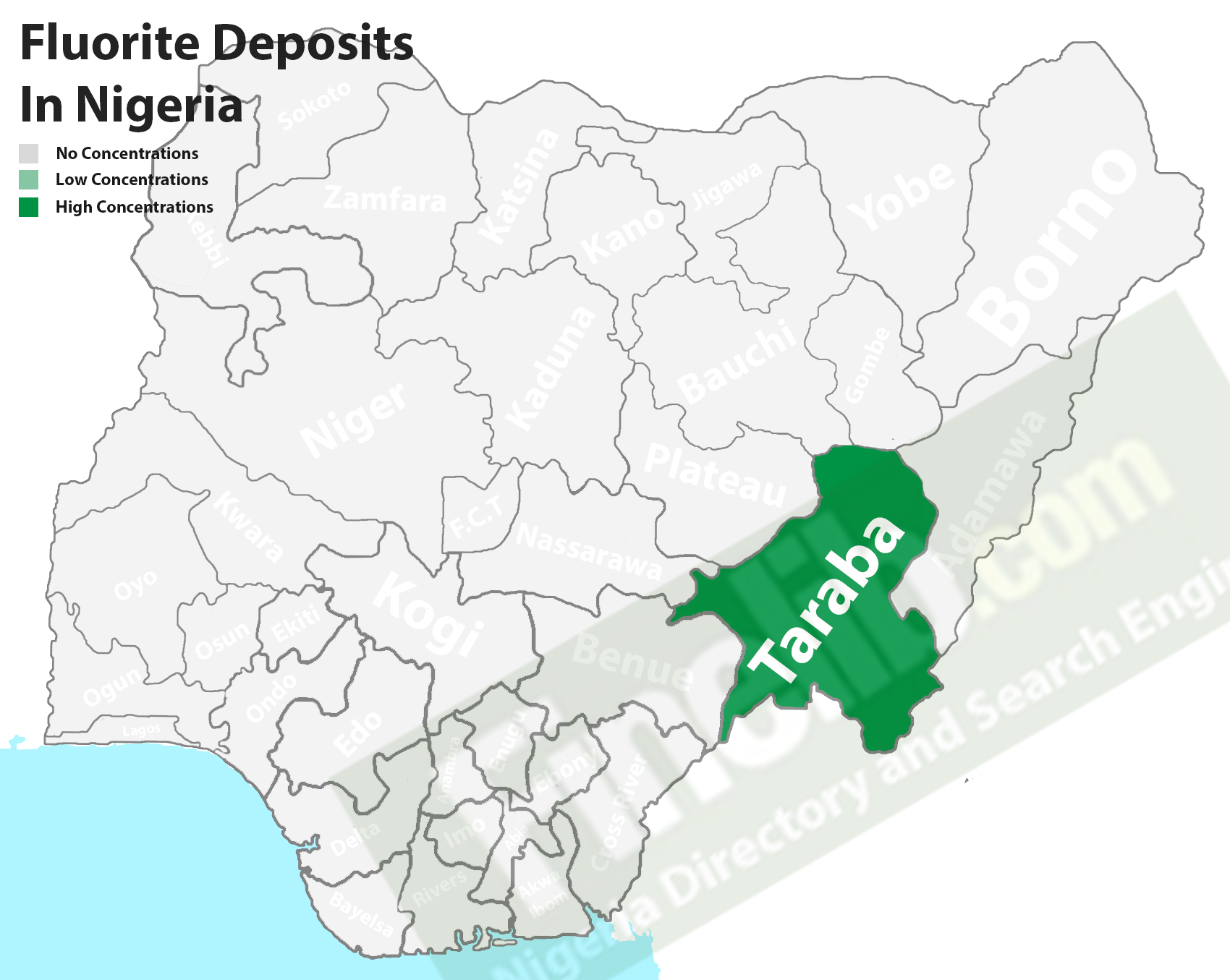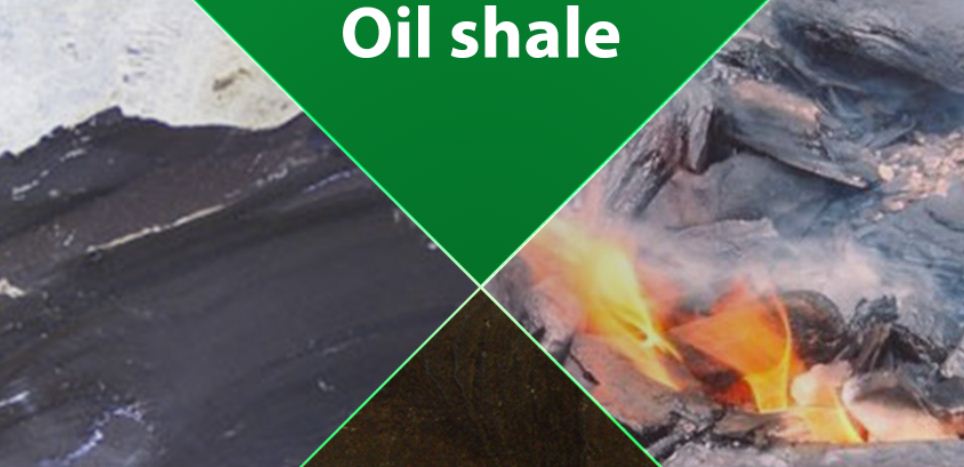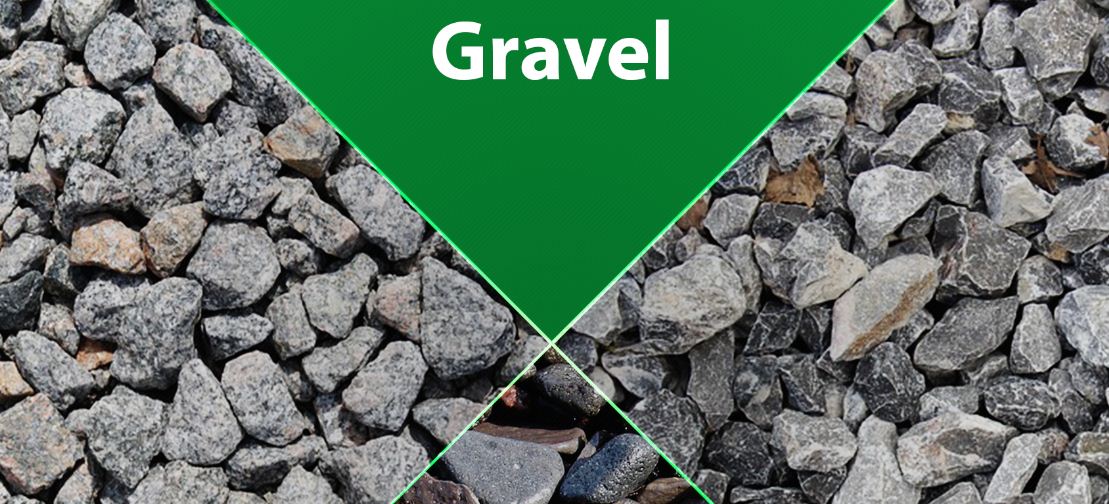Fluorite Natural Resources In Nigeria, Its Occurrence And Uses

Fluorite - Africa as a whole including Nigeria is richly blessed with abundant natural resources both vastly deposited ones and in traces and fluorite is one of them, fluorite is found in traces in Taraba State, the northern part of Nigeria.

Operators Mining/Exploring Fluorite in Nigeria
Many companies are into fluorite mining operations and exploration in Nigeria. These companies are into different businesses such as small-scale mining, leasing, and then, exploration.
They are: Gems & Gems Nig Ltd: fluorite exploration, Abubakar Abdullahi Jugulde: small scale mining lease and Dan Jama Limited which is basically mining lease, etc.
Fluorite (Fluorspar) Mineral:
An Overview
Fluorite or fluorspar, as it is called in the mining industry, is a mineral that consists of calcium fluoride (CaF2).
Characteristically, it has a melting point of 1,418 °C, and a boiling point of 2,533 °C.
It’s one of the halide minerals and crystallizes in isometric cubic habit, it occurs as a cubic crystal, colourless when pure and coloured when impure.
Its occurrence in nature is of significant deposits, it occurs sometimes as a vein deposit by what is called hydrothermal processes in association with metallic minerals where it sometimes forms what is known as host-rock where minerals that are valuable occur.
Also, it may be associated with sphalerite, galena, calcite, barite, and quartz, as a primary mineral in granites, other igneous rocks, and as a minor constituent of dolostone and limestone.
Flourite exhibits certain diagnostic properties which include four directions of perfect cleavage, hardness, color, and include specific gravity.
Methods of Extracting Fluorite from Its Ores
Vein mining, room and pillar mining or open-pit method can be used in the extraction of fluorite which is mostly mined from gangues (hydrothermal veins). The surrounding rock(s) and underground water where the veins of the mineral which varies in thickness pass through are heated up with the sole aim of making the closed vein reopen.
Irrespective of the numerous uses of fluorite, it can also be quite dangerous for the end-users and for those who live close to fluorite mines because it contains fluorine.
Fluorine is highly toxic and a univalent poisonous gas, the fluorine content in fluorite can easily be dissolved and drain away from the soil into groundwater supplies and can also be absorbed into the lungs if the fluorite is grounded into dust or fine particles.
When it enters the body it can cause some serious health challenges such as skeletal fluorosis (weakening and damaging of the bones and joints) and others.
Fluorite Quarrying Machinery
Mobile Fluorite Crusher: A quarrying machine used for getting more fluorite as well as a stone quarry from the mining site, performs the same function as jaw crusher.
Magnetic Separators: one of fluorite mining machines responsible for the separation of fluorite from other minerals.
Ball Mill: Widely used in the mining industry for fluorite dressing processes to grind, blend and mix materials. It's also used in processing other minerals.
The History of Fluorite
The history of fluorite minerals and their earliest uses came into history during the time of ancient Egyptians and the Chinese.
In 1852 after many decades of been used by the ancient people afore-mentioned, George Gabriel Stokes, an Anglo-Irish physicist who discovered something unique inflorescence.
George held the fluorite mineral under UV light and noticed illumination of blue glowing light. His description of the result of the experiment was "beyond the violet end of the spectrum."
It was from the test that fluorite has the ability to produce a blue glow when illuminated with the light that came about. Afterward, he tagged the observable fact from his experiment "fluorescence" subsequent to the name of the mineral "fluorite".
In 1933, the mining of fluorite for commercial purposes started fully in many localities around the world.
The mineral has been showing crop ups continually in varying quantities in many countries, which Russia is one of them.
According to historical reports, the largest fluorite crystal cube which exists in a single form, measured 16 tons with the size of 2.12 meters was obtained in Russia recently.
The etymology of the Name "Fluorite"
The name of this mineral "fluorite" came from a Latin verb "fluere" which implies "flow".
Its importance as "flux" became so useful in iron smelting; it works to reduce the viscosity of iron blast furnace slag.
Again, the word "flux" is a derivation from the Latin adjective "fluxus", which stands for flowing, loose, slack.
Ores of Fluorite
Fluorite, CaF2 is a well-known accessory mineral occurring as vein fillings in rocks, and numerous hydrothermal ore deposits.
It commonly occurs in rocks that have undergone hydrothermal activity.
Fluorite has no specified ores, but the veins often include some metallic ores, such as silver ores, sulfides of tin, zinc, lead, copper, and several others metals.
Fluorite Production Worldwide
Fluorite is a fantastic mineral occurring in minable quantities in many locations all over the world. It is mined and produced in many known countries that supply and export to other nations.
In the countries where fluorites are deposited, underground mines are developed in order to exploit large veins of the mineral which they use for production.
According to the British Geological Survey that was accessed during the month of July 2008, the world total of 5,500,000 fluorite production tons.
The list below shows the production by country per ton, ranging from the country or region that produced the least quantity to the country with the highest production value.
Turkey - 800
Pakistan - 1,050
India - 2,203
Vietnam - 3,000
Thailand - 3,240
Kyrgyzstan - 4,000
Egypt - 7,700
Argentina - 8,278
North Korea - 12,000
Romania - 15,000
France - 40,000
Germany - 53,009
United Kingdom - 60,000
Brazil - 63,604
Morocco - 115,000
Kenya - 132,030
Namibia - 132,249
Mongolia - 138,000
Spain - 146,946
Russia - 210,000
South Africa - 240,000
Mexico - 936,433
China - 3,000,000
In the countries listed above, so many companies are into the production and sales of synthetic fluorite.
Export and Import of Fluorite Mineral
According to 2018 estimates on fluorite mineral exportation, the top exporters of fluorspar (commercial name for mined and milled fluorite mineral concentrates) with over 90 percent calcium fluoride were:
Mongolia - $42.6M
Vietnam - $70.3M
South Africa - $73.4M
China - $94.5M
Mexico - $121M
On the other hand, countries recorded that same year for the highest importation of fluorspar, >97% calcium fluoride included:
China - $50.3M
India - $51.6M
Germany - $53.3M
Italy - $56.5M
United States - $96.7M
Fluorite Consumption by Country
The countries that consumed fluorite mineral most between 2013 and 2018 were China, the United States, and India.
According to the recorded estimate, China consumed the highest with the value of 3.4m tons of fluorspar which accounted for up to 54 percent of total volume.
The United States was the second-largest consumer recorded; with the figure 453k, while the third-highest consumer was India (236K tones which accounted for just about 3.8% of the country that consumed most.
Global Fluorspar (Commercial Fluorite) Market Price
The market price for commercially mined and milled fluorite mineral concentrates, fluorspar, was $1.6B in 2018, which is more than 5.5 percent greater than the price in the previous years.
The maximum price level for fluorspar so far is $2.7B, which was attained in 2012 and the price has not increased to that amount again up to date.
Uses of Fluorite
In industries, it is used as a flux for smelting, and in the production of certain glasses and enamels.
It’s used in the production of hydrofluoric acid when it is in its purest form.
It is used in a wide variety of metallurgical, chemical, and ceramic processes.
It’s used to make ornamental objects and can also be cut into gems.
Fluorite pieces with high clarity are used to make lenses for cameras, telescopes, microscopes.
It’s also believed to promote spiritual and psychic wholeness and development, protection, and peace.
Bottom Line
Nigeria has abundant over 40 mineral resources occurring in up to 450 different areas across the country, and fluorite is one of them. Although some usually occur in traces which can be defined justly as 'showings', many have commercial prospects.




